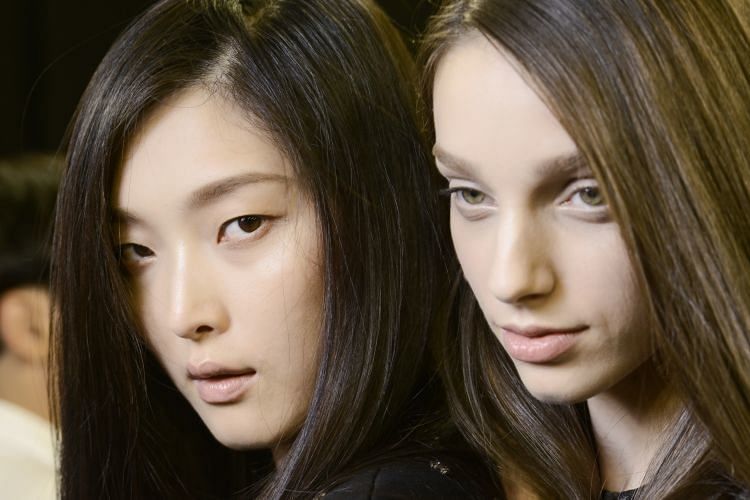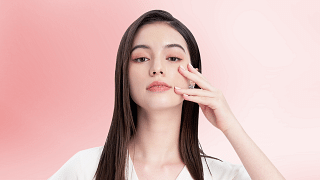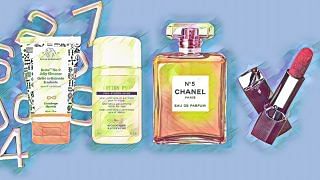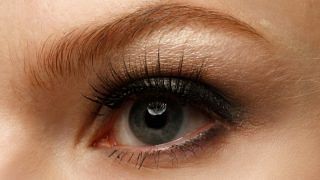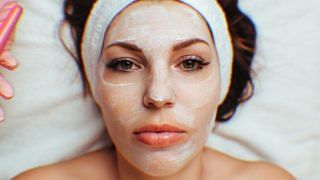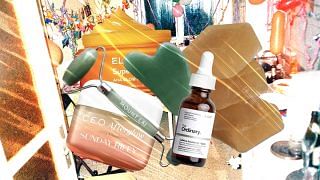#1: Brush less
The old wives’ tale of brushing your tresses a hundred times is exactly that – an old wives’ tale. Excessive friction, even if it’s from a high quality boar-bristle brush, will damage the hair shaft. So how many times should you brush? “Eight or nine strokes all over the head, just enough to detangle your hair,” says Anita Wong, creative director of Phyto Hair Science. To further reduce friction, use a wide-toothed wooden comb instead.
#2: Wash daily
But use gentle, sulphate-free shampoos. “Sulphates strip moisture from the hair,” says John Tham, hair expert for Japanese haircare brand Liese. Alternatively, pick two shampoos: one for your scalp condition, and the other for your hair. “Switch them every day,” says June Ng, founder of J’s Salon.
“It prevents your length and ends from drying out.”
#3: Use a dry shampoo
Yes, we’re totally contradicting ourselves here, but hear us out: The longer your hair gets, the longer it takes to dry. So for days when you absolutely can’t give it a wash, sprinkle some dry shampoo onto your roots and massage with your fingertips. On the bright side, second- or third-day long hair tends to look less greasy than shorter lengths as it takes longer for sebum to travel down the length.
#4: Keep cutting
Apart from preventing split ends from derailing your growth progress, it also keeps your style in shape so you don’t get bored and want to hack it off. How often to trim: every eight to 12 weeks if you’re still growing hair to a longer length. For maintenance, stick to the usual four to six.
#5: Layer up
Unless you’re a Disney princess, long, one-length hair is flat and boring. Stylists generally agree that long layers that give some volume at the crown and flow to the lengths are a long-hair-lover’s best bet. However, if you’re still at the growing-out phase, go for heavier ends and simpler cuts, advises Tham.

#6: Scalp matters
It’s where hair grows out from, after all. According to Dr KJ Wong, GP with an interest in aesthetics medicine, better blood circulation in the scalp leads to improved hair growth, and there are several in-clinic procedures, such as lasers, that claim to stimulate the scalp and hair follicles. For daily maintenance, massage the scalp with a serum, nourishing hair oil or anti-hair-loss treatment to prevent thinning.
#7: Sleep differently
Cotton pillowcases, while soft and comforting, actually snag and roughen hair cuticles. Switch to a satin or silk pillowcase, and never go to bed without fully drying your hair. “Hair is weakest when wet, and the friction between damp hair and your pillowcase is extremely damaging and may result in breakage,” says Wong.
#8: Pop pills
Hair benefits the most from B vitamins (particularly B7, or biotin) and omega-3 fatty acids, but Wong also recommends a supplement called Inversion (call Pharmed at 6337-4855 for stockists). “It contains all the vitamins and minerals, as well as grapefruit extract (a potent anti-ageing antioxidant), to promote healthy hair growth.” Inversion supposedly works on nails too (they are made of keratin, just like hair).
#9: Pamper as much as humanly possible
Hair grows one cm a month, so if you have hair down to the middle of your back, the ends are probably four to five years old. That means it’s probably been coloured, permed and ironed dozens of times. Invest in a weekly repairing mask or a pre-shampoo oil treatment to keep lengths soft, smooth and moisturised.
#10: Protect it like your skin
That means keeping the ends moisturised to prevent frizz and roughened cuticles, and also shielding your strands from UV and heat – too much sun and curling tongs will turn your hair into a haystack.
An adapted version first appeared in Female’s Aug 2013 issue.
Images: Showbit.com
Like this? Find out actress Amanda Seyfried’s skincare routine and the beauty fad she’s into currently.



